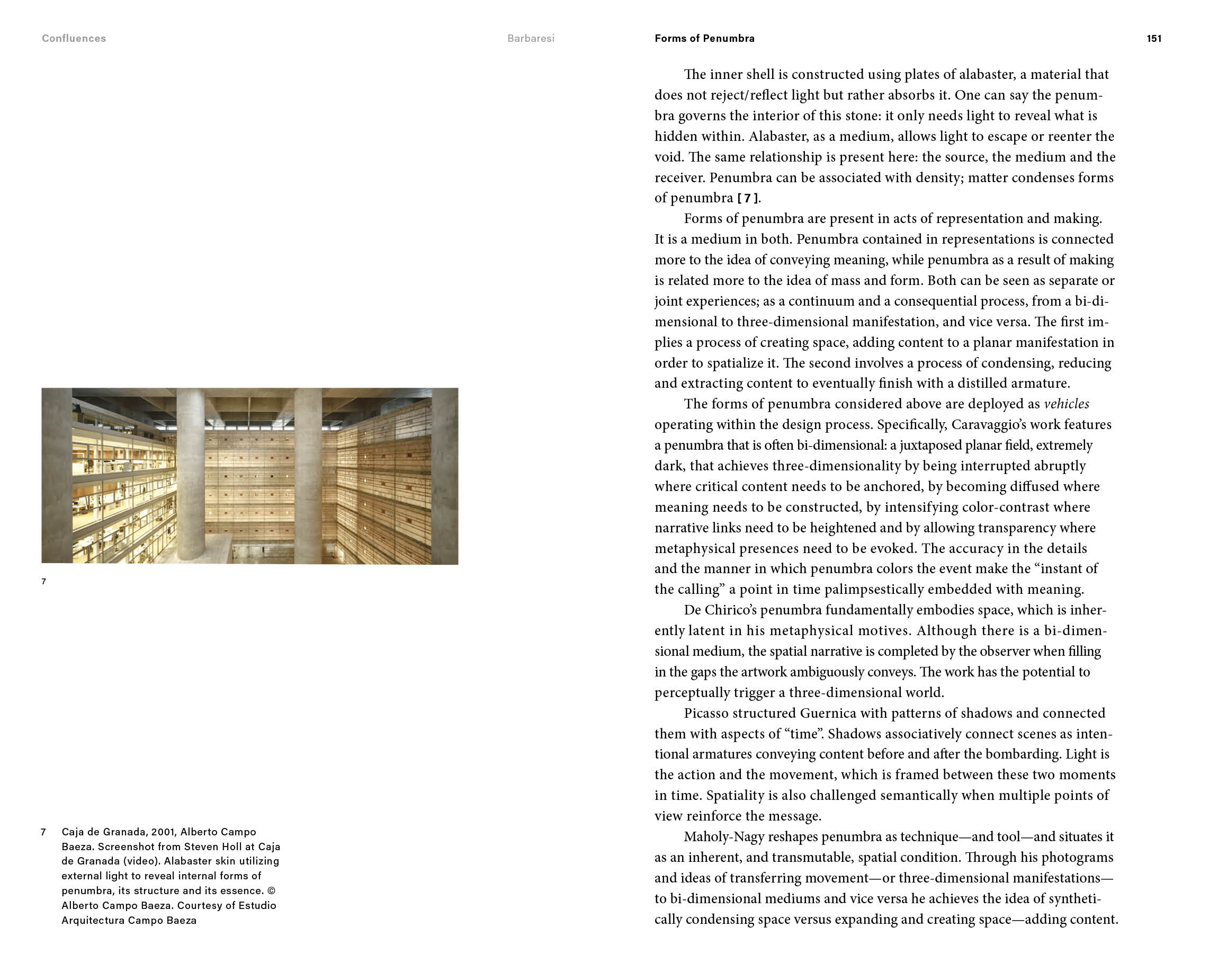
It is also not meant to be interpreted as a substitute for Hajj. It is generally able to be completed in a few hours, in comparison to Ḥajj, which may take a few days. It is mandatory according to the Hanbalis. Umrah is sometimes considered the "lesser pilgrimage", in that it is not compulsory in all Islam schools of thought, but is still highly recommended.

Pilgrims conclude the pilgrimage with Halq, a partial or complete shortening of the hair. This is followed by Sa'i between Safa and Marwah in the Great Mosque of Mecca, a walk to commemorate Hagar's search for water for her son and God's mercy in answering prayers. For men, it is recommended to do the first three circuits in a hurried pace, followed by four rounds of a more leisurely pace. Tawaf is a circling round the Kaaba seven times. Umrah requires Muslims to perform two key rituals, Tawaf and Sa'i. Different conditions exist for air travelers, who must observe Ihram once entering a specific perimeter in the city. This must be attained when reaching a Miqat, a principal boundary point in Mecca, like Dhu 'l-Hulaifah, Juhfah, Qarnu 'l-Manāzil, Yalamlam, Zāt-i-'Irq, Ibrahīm Mursīyah, or a place in Al-Hill.

In accordance to the Shariah (Law of Islam), for both pilgrimages, a Muslim must first assume Ihram, a state of purification achieved by completing cleansing rituals, wearing the prescribed attire, and abstaining from certain actions. The ʿUmrah ( Arabic: عُمْرَة, lit.'to visit a populated place') is an Islamic pilgrimage to Mecca (the holiest city for Muslims, located in the Hejazi region of Saudi Arabia) that can be undertaken at any time of the year, in contrast to the Ḥajj ( / h æ dʒ/ " pilgrimage"), which has specific dates according to the Islamic lunar calendar. Pilgrims circumambulating the Kaaba in Mecca


 0 kommentar(er)
0 kommentar(er)
